The Hortensia Hydrangea Paniculata: A Stunning Shrub For Your Garden
The Hortensia Hydrangea Paniculata: A Stunning Shrub for Your Garden
Hydrangea paniculata, also known as panicle hydrangea, is a stunning shrub that is perfect for adding beauty and color to any garden. These hydrangeas are known for their large, showy blooms that can range in color from white to pink to blue. They are also relatively easy to care for, making them a great choice for even beginner gardeners.
In this blog post, we will discuss everything you need to know about growing and caring for hydrangea paniculata. We will cover topics such as:
- Choosing the right location
- Planting and watering
- Fertilizing
- Pruning
- Overwintering
- Common pests and diseases
We will also provide some tips on how to get the most out of your hydrangea paniculata plants. So whether you are a seasoned gardener or just starting out, read on for all the information you need to grow these beautiful shrubs in your own garden.
Choosing the Right Location
Hydrangea paniculata plants prefer full sun to partial shade. They will tolerate some full sun, but they may not flower as well in hot, dry climates. If you live in a hot climate, it is best to plant your hydrangea paniculata in a spot that receives morning sun and afternoon shade.
These shrubs also need well-drained soil. They are not tolerant of wet, soggy soil. If you have heavy clay soil, you may need to amend it with compost or sand to improve drainage.
Planting and Watering
Hydrangea paniculata plants can be planted in the spring or fall. When planting, dig a hole that is twice as wide and as deep as the root ball of the plant. Backfill the hole with soil, making sure to tamp it down firmly. Water the plant well after planting.
Hydrangea paniculata plants need regular watering, especially during the first year after planting. Once established, they are more drought tolerant. Water your plants deeply once a week during the summer months. Mulching around your plants will help to conserve moisture and suppress weeds.
Fertilizing
Hydrangea paniculata plants benefit from regular fertilization. You can fertilize your plants in the spring and fall with a balanced fertilizer. A good option is to use a fertilizer that is specifically formulated for hydrangeas.
Pruning
Hydrangea paniculata plants do not need to be pruned heavily. However, you may want to remove dead or damaged branches in the spring. You can also prune your plants to shape them or to control their size.
If you want to encourage large, showy blooms, you should prune your hydrangea paniculata plants in the late winter or early spring. Cut the stems back to about one-third of their length. This will encourage the plant to produce new, vigorous growth that will flower in the summer.
Overwintering
Hydrangea paniculata plants are hardy in USDA zones 3 to 9. In colder climates, you may need to take some steps to protect your plants from the cold. You can do this by wrapping the plants in burlap or covering them with a layer of mulch.
Common Pests and Diseases
Hydrangea paniculata plants are relatively resistant to pests and diseases. However, they can be susceptible to aphids, scale, and leaf spot. If you notice any pests or diseases on your plants, you can treat them with insecticidal soap or neem oil.
Conclusion
Hydrangea paniculata plants are a beautiful and versatile addition to any garden. They are relatively easy to care for and can tolerate a variety of growing conditions. With a little care, you can enjoy these stunning shrubs for many years to come.
Hortensia hydrangea paniculata, also known as panicled hydrangea, is a beautiful and versatile shrub that can add a touch of elegance to any garden. With its large, panicle-shaped flowers that bloom in shades of white, pink, or blue, panicled hydrangea is sure to turn heads.
If you're thinking about adding a panicled hydrangea to your garden, I recommend visiting . This website has a wealth of information about panicled hydrangeas, including care tips, planting instructions, and a variety of different cultivars to choose from.
also has a blog that features articles on a variety of gardening topics, including hydrangeas. In one recent article, the author discusses the best places to plant panicled hydrangeas, as well as how to care for them in different climates.
Whether you're a beginner gardener or a seasoned pro, is a great resource for all things panicled hydrangea. So what are you waiting for? Visit the website today and learn more about this beautiful shrub!
FAQ of hortensia hydrangea paniculata
Question 1: What are the best conditions for Hortensia Hydrangea paniculata?
Answer: Hortensia Hydrangea paniculata thrives in rich, medium moisture, well-drained soils. They require a few hours of direct sunlight to flower best. They are not fussy about the soil type as long as it is well-drained.
Question 2: How do I propagate Hortensia Hydrangea paniculata?
Answer: Hortensia Hydrangea paniculata can be propagated by softwood cuttings in early summer. Take 4-6 inch cuttings from healthy new growth. Remove the lower leaves and dip the cuttings in rooting hormone. Plant the cuttings in a well-draining potting mix and keep the soil moist. The cuttings should root in 4-6 weeks.
Question 3: How do I deadhead Hortensia Hydrangea paniculata?
Answer: Hortensia Hydrangea paniculata should be deadheaded regularly to encourage new blooms. Deadheading can be done by hand or with a pair of shears. Simply remove the spent blooms from the plant. Deadheading can be done throughout the growing season, but it is most important to do it in the fall after the plant has finished blooming.
Question 4: Why are my Hortensia Hydrangea paniculata leaves turning yellow?
Answer: There are a few reasons why your Hortensia Hydrangea paniculata leaves might be turning yellow. One possibility is that the plant is not getting enough water. Another possibility is that the plant is not getting enough sunlight. Finally, yellow leaves can also be a sign of nutrient deficiency. If you are unsure of the cause of your plant's yellow leaves, it is best to consult with a gardening expert.
Question 5: How do I protect my Hortensia Hydrangea paniculata from frost?
Answer: Hortensia Hydrangea paniculata is a hardy plant, but it can be damaged by frost. If you live in an area with cold winters, you should take steps to protect your plant from frost. One way to do this is to mulch the plant with a layer of straw or leaves. You can also cover the plant with a burlap sack or frost cloth.
Image of hortensia hydrangea paniculata
5 different images of "hortensia hydrangea paniculata" from Pinterest:
This variety of hydrangea has large, conical flowers that bloom in shades of pink and white. It is a popular choice for gardens and landscaping because it is relatively easy to care for and can tolerate a variety of conditions.
Limelight hydrangea is another popular variety that is known for its large, white flowers that bloom in midsummer. The flowers start out a light green color and gradually turn white as they mature.
Great Star hydrangea is a relatively new variety that is known for its large, star-shaped flowers that bloom in shades of pink, blue, and purple. It is a vigorous grower and can reach up to 10 feet tall.
Endless Summer hydrangea is a reblooming variety that blooms twice in a season. The first bloom occurs in midsummer and the second bloom occurs in fall. The flowers are typically blue, but can also be pink or white.
Quickfire hydrangea is a fast-growing variety that is known for its large, panicle-shaped flowers that bloom in shades of pink, blue, and purple. It is a relatively easy-care plant that is tolerant of a variety of conditions.
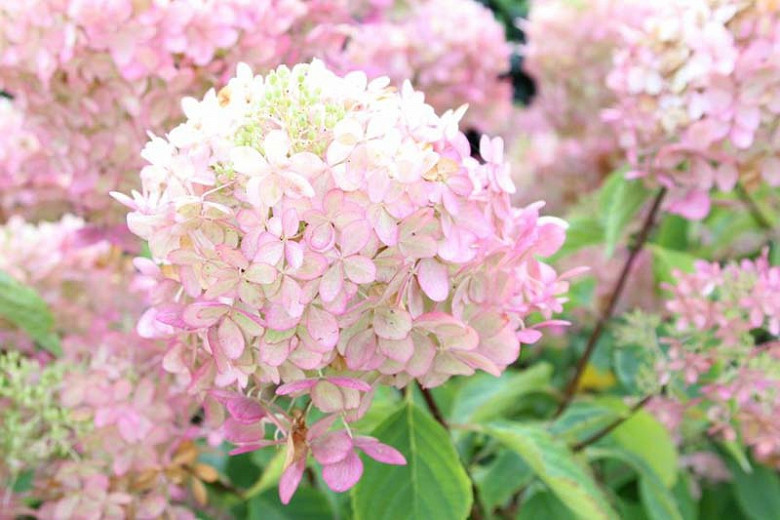
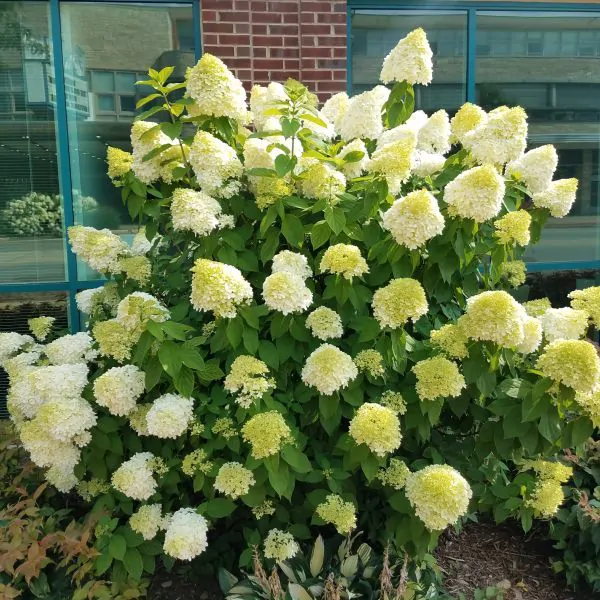
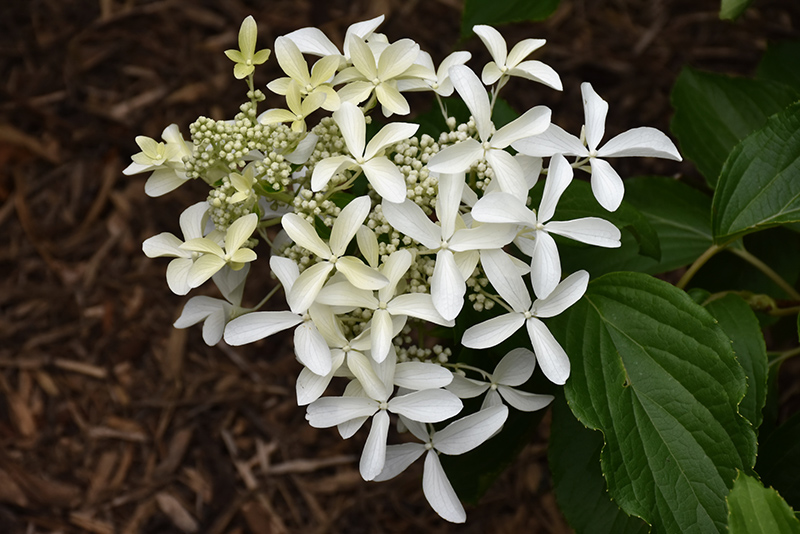
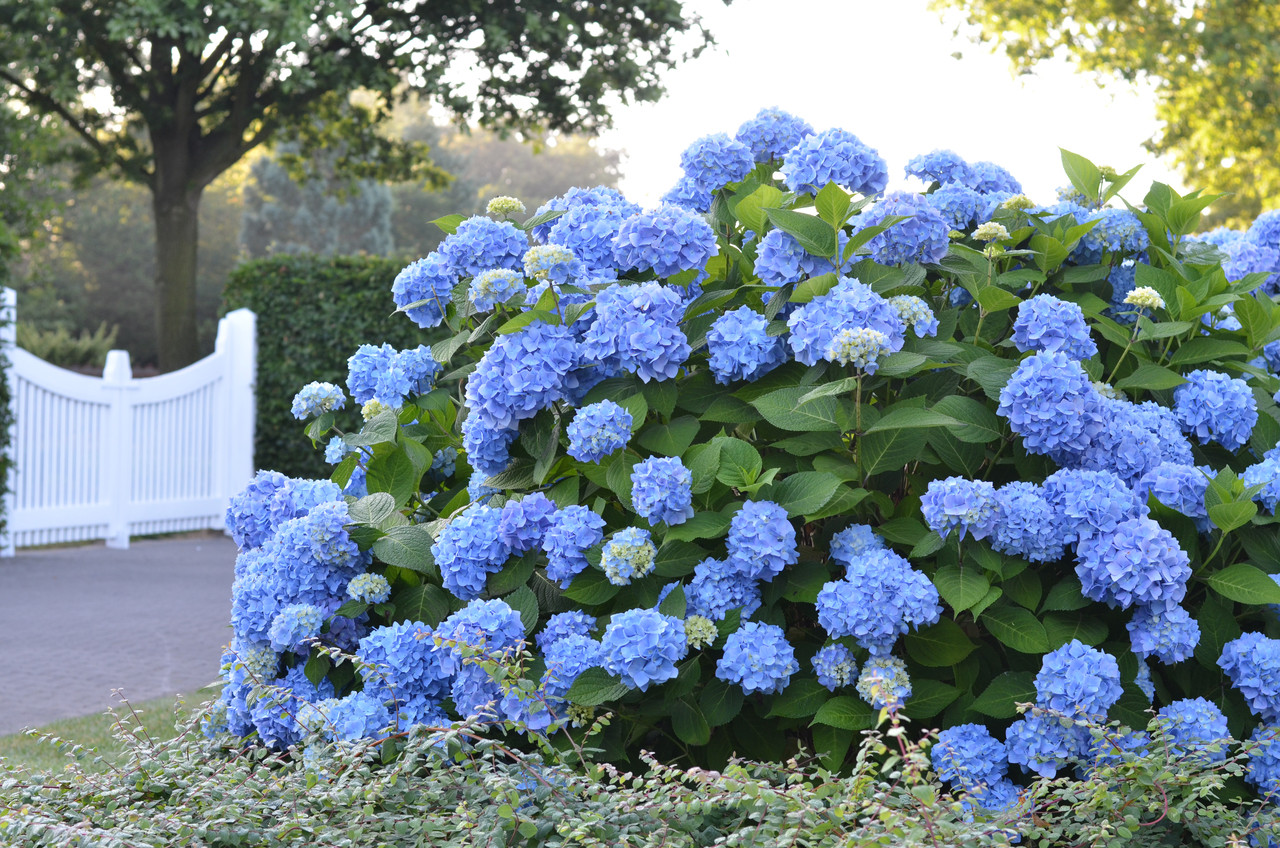
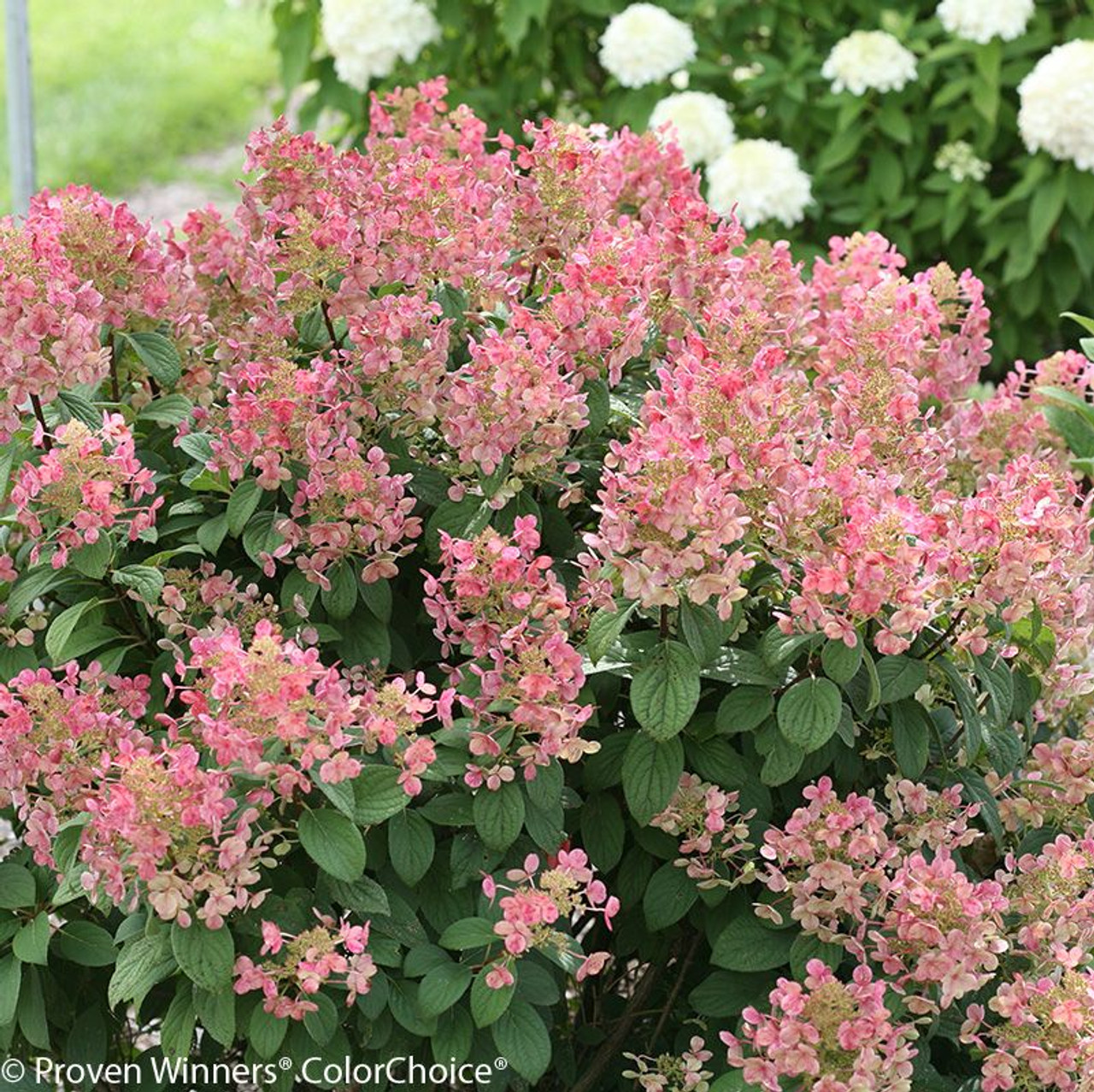
Post a Comment for "The Hortensia Hydrangea Paniculata: A Stunning Shrub For Your Garden"